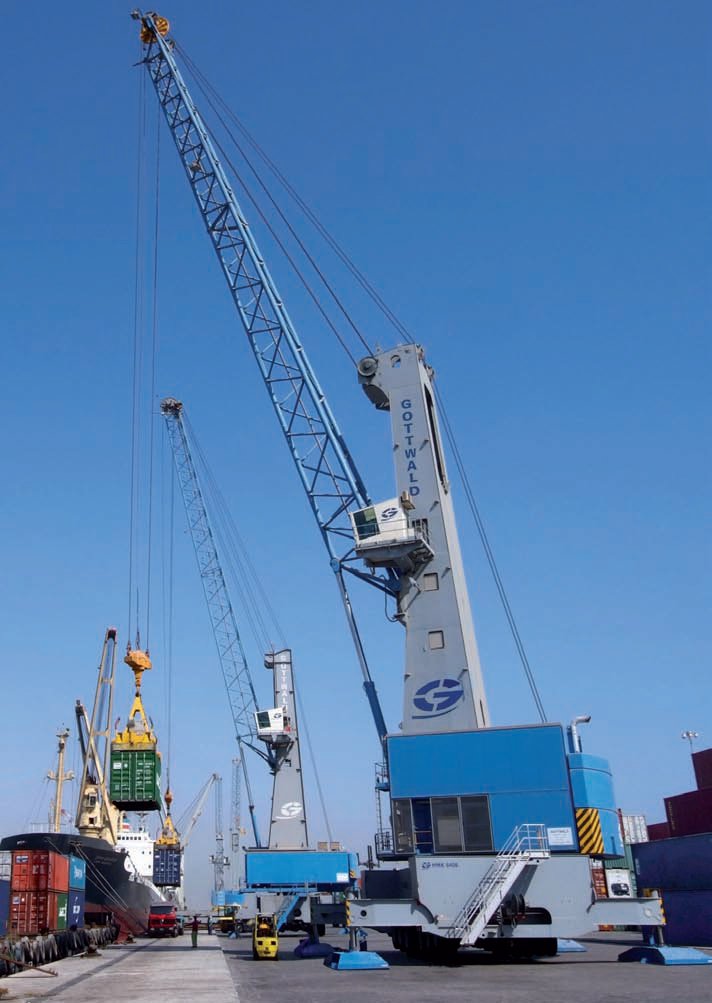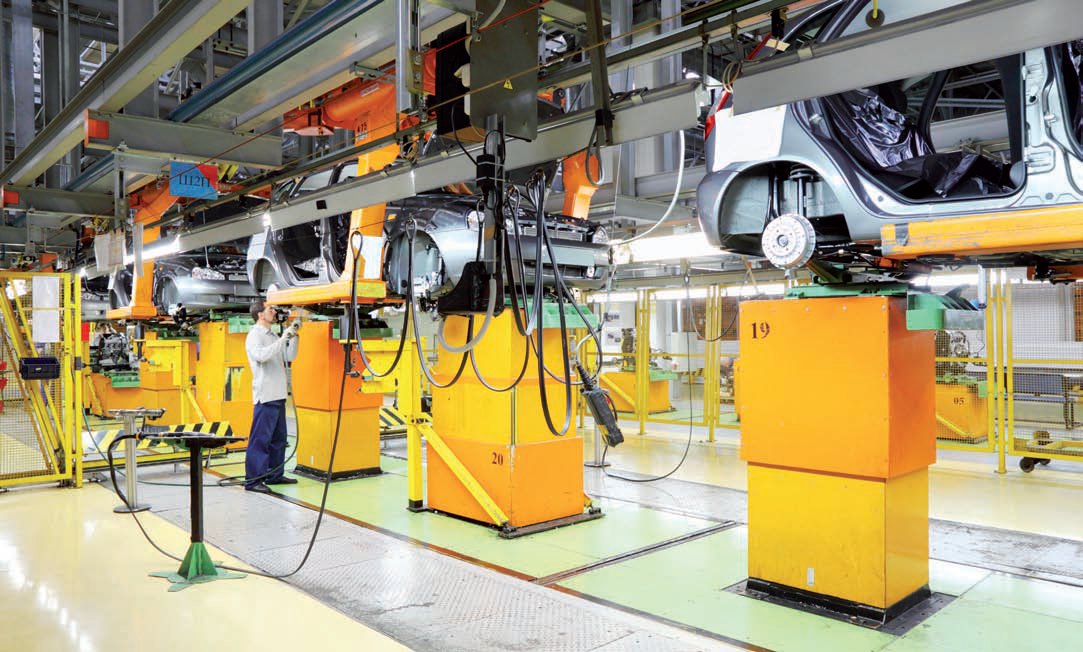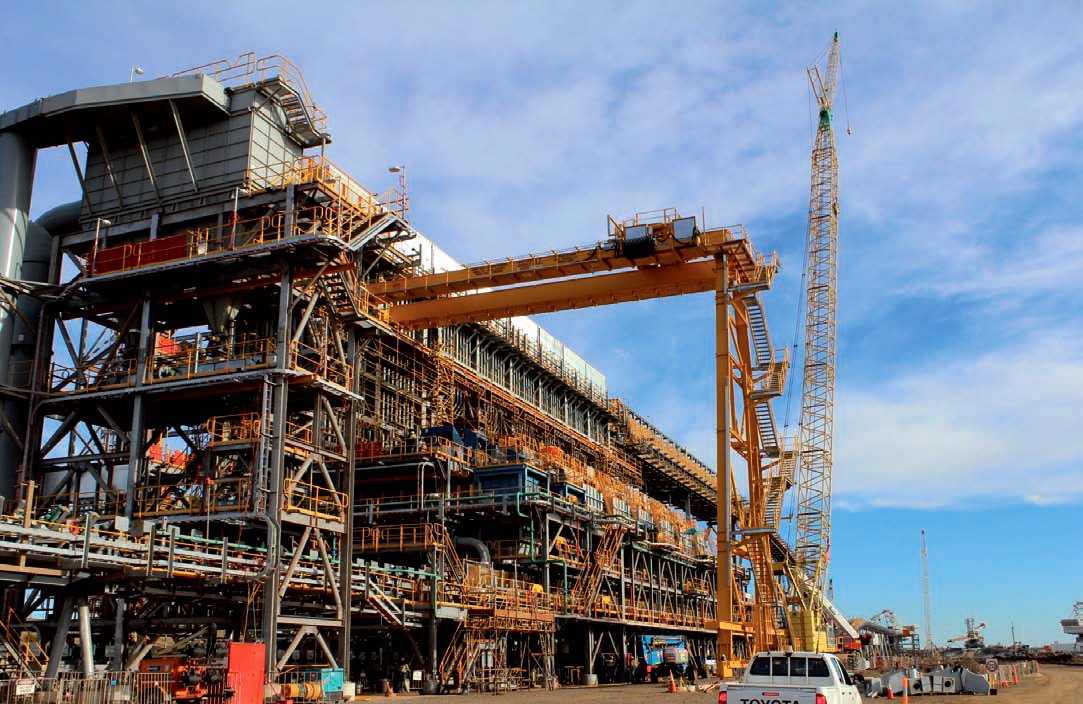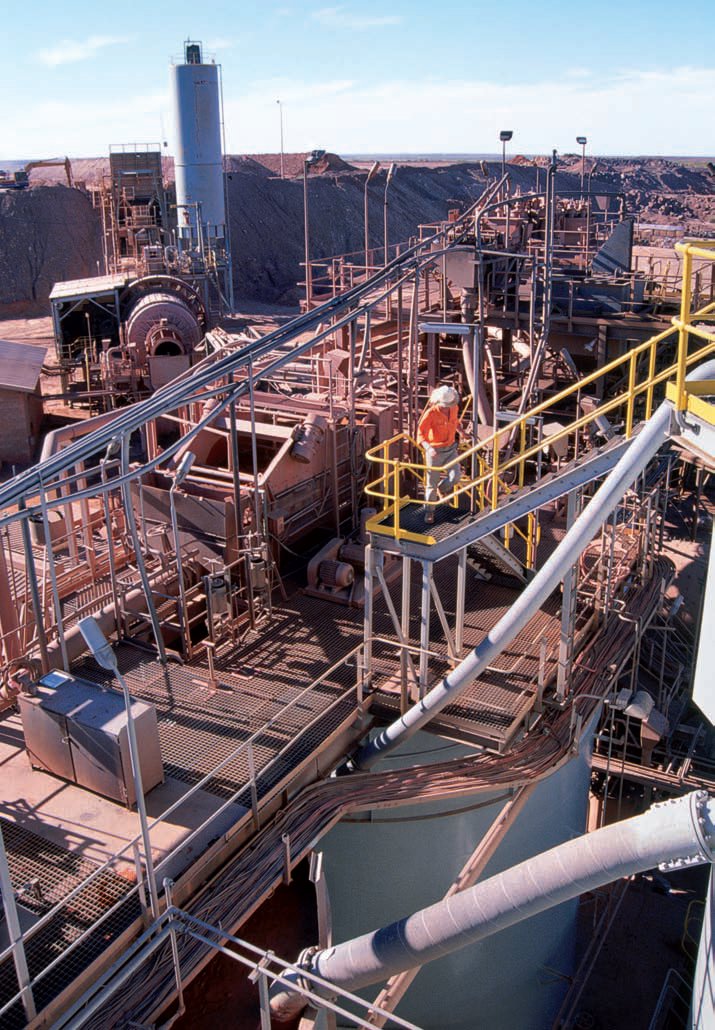Turning the tables
11 April 2014As much of the world recovers from the economic downturn, it’s ironic that countries that werebuoyant throughout the global crisis are only now feeling the bite.
Australia, which peaked during the recession, is now facing testing times as its automotive and mining industries show decline, impacting negatively on its crane industry. The country has also been hampered by mediocre growth and a climate of uncertainty in stark contrast to its immediate neighbours in the Australasia region.
Demand from China for resources helped Australia become the only major developed country to avoid recession in 2008, however the South Pacific nation's economy is now coming to terms with the increasing cost of doing business, high wages and a slump in commodity prices. A Mining Tax issued in 2012, resulting in a 30% tax on iron ore and coal mining companies, is also blamed for hampering Australia's competitiveness.
Manufacturing presence
Recent newspaper headlines have also made grim reading, with motor giant Toyota announcing it will end its manufacturing presence in the country by 2017, with a loss of 2,500 jobs. Meanwhile, the Australian dollar is losing ground as tensions about the Ukrainian crisis and concerns about the Chinese economy weigh on market sentiment. The latest The Westpac/Melbourne Institute Leading Index forecast is also downbeat, predicting below trend economic growth this year.
These are tough times for Australia, according to Street Crane sales director Chris Lindley Smith, who deals with distributors in WA, Victoria and Queensland, which have all suffered due to the mining situation. "Regularly we will sell several million crane components, but over the last 12 months the market has become very depressed and there's been a significant reduction.
"As labour rates are so high in Australia and red tape is so restrictive many workers have gone to Indonesia which is really booming. In Indonesia business can make very high profits and there are no neighbours to compete with. It is now a real rival and businesses are moving staff there to save costs," he adds.
Construction activity
Research from Construction Intelligence Centre backs up Lindley's caution. It shows that the construction activity, which contributed 9.8% to the economy's gross value add, has dipped, with employment in the sector falling from 1.07 million in 2011 to 1.04 million in 2012.
In 2012, the constr uction industry's contribution was the four th-largest after mining (13.1%), professional, scientific and technical services (10.2%), and manufacturing (10.1%). Australia's latest fourth-quarter gross domestic product release shows construction to be weak across the board.
Other crane industry experts say that there has been no good news to repor t for a long time. Tony Ciantar, director, Modular Cranes says that the last two years have been the worst he has seen over the last 12 years. "This economic climate has not been favourable and the last few months have been ver y sad for manufacturing in Victoria, with the planned closures of the three remaining car manufacturers over the next couple of years. I do however think that business will improve before the end of 2014."
Another factor restricting growth for crane industries is legislation. Eilbeck Cranes manager Peter Heinrichson says a major review of Australian standard AS1418.1 and AS1418.3 is long overdue. "Ridiculous copy and pasting of various international standards and retention of antiquated clauses from a bygone era have made these standards open to multiple interpretation. An adoption of the current international standards would be the most logical way for ward and clear the very muddy waters the crane industry is currently forced to operate in."
Economic climate
While Australia is struggling, the economic climate looks brighter across the Tasman sea where New Zealand is thriving after facing natural disasters and economic problems. Its economy has turned a corner according to Saul Eslake, the chief economist at Bank of America Merrill Lynch. "As we move into 2014 the New Zealand economy does so gathering momentum whereas the Australian economy is clearly limping and will continue to do so," he explains.
The Kiwi Dollar is currently within reach of parity with the Australian dollar as the New Zealand economy moves into a construction and jobs boom. Its dairy industry is also riding high too, unlike Australias, which has shrunk over the past decade. The world's biggest dairy exporter, Fonterra, a co-operative of New Zealand dairy farmers, recently announced record prices for its farmers of milk solids.
New Zealand's economy expanded 3.5% over the year to last September , outpacing growth in the Australian economy of just 2.3%. Its jobless rate dropped sharply from 7.2% to 6.2%, while Australia's climbed from 5.4% to 5.8%.
New Zealand expansion
New Zealand's manufacturing sector has also performed strongly, expanding for an 18th straight month in February with signs a buoyant economy is creating jobs, according to a NZ-BusinessNZ report. Over the past year, the employment index has jumped from a breakeven level of around 50 to 54.4 in the latest reading, close to a record for a sector.
You can't mention Australasia without factoring in New Guinea too. The country's economy is also coping well, fuelled by coffee, cocoa, and copra with its minerals, timber, and fish sectors dominated by foreign investors. Manufacturing in the country is limited, and consequently, the formal labour sector is also limited.
Recent crane activity in New Guinea includes installation of four Gottwald Model 6 cranes completed in 2012 by Demag Cranes on behalf of PNG Ports Corporation, which uses the cranes for unloading imported grain and containers.
Growth in site
Despite a general mood of pessimism for Australia, there are positive projections for the country. According to the OECD's forecast, the slower pace of Australia's mining investment is a problem, but in time it should be offset by the gradual strengthening of non-mining sectors, which will benefit from recent improvements in confidence, the currently lower exchange rate and expansionary monetary policy.
Heinrichson says there are several other causes for optimism in Australia with civil infrastructure projects on the eastern states looking to become the biggest growth sector in the coming years, with most mega mining projects nearing or completing the construction phase and now entering production mode.
"The infrastructure projects should stimulate the local general engineering shops which have been stagnate for some time and poised to invest in modern equipment to keep up with the upcoming demand," he adds.
Resources industry
Australia has also seen a bit of a correction in the resources industry and the subsequent resetting of supporting industry costs, according to Rowland Hudd, national sales & marketing manager, Terex Material Handling.
"Future optimism lies in the resurrection of the resources and supporting sectors, government infrastructure projects, of which there are already some announced such as North West Rail Link and most recently the NorthConnex, and a general rise in business investment confidence. A weaker AUD is also likely to support the consumption of materials handling products, particularly in the manufacturing industry," he says.
Some economists agree, noting how the problems in the automotive sector in particular are over stated with the industry having only a small share of employment even in areas where it dominated. Mark Wooden, an economics fellow at the Melbourne Institute, says: "The Toyota closure will barely be noticed in Melbourne. Adelaide is slightly more exposed, but the idea suddenly 45,000 workers will be permanently unemployed is ridiculous, given they can adapt their operations to supply other sectors in Australia or try to export to Asian manufacturers."
Heinrichson agrees, adding that the automotive problems are real, but not a cause for major concern. "The automotive industry in Australia is gone but in reality it has not been a true influence in the economy for a long time and this was a natural and expected demise of the industry," he adds.
Mining industry
Meanwhile, Lindley-Smith says that, with Gillard out, the controversial Mining Tax's days could be numbered. "The mining industry has been cutting overheads down to the point where it' s right back to just basic maintenance work to maintain the profit of its mines. It's all just a game with government, and many wanted Gillard out because of the tax, but now that she is out there' s pressure to scrap the tax, but its still uncertain and there's a very slow climb ahead."
Certainly, the anti-Mining Tax rhetoric has been strong, with The Australian Chamber of Commerce, the Business Council of Australia, and the Minerals Council of Australia banding together to call on the senate to abolish the mining tax.
In a joint statement between the ACB's COO John Osborn, BCA's chief Jennifer Westacott, and MCA's head Brendan Pearson, they stated that "the tax imposes an unnecessary additional burden on Australia's mining industry, which already pays about $20 billion a year in company tax to the Commonwealth and royalties to state governments". They went on say that "it also acts as a disincentive to invest in Australia's minerals sector at a time when the industry is facing pressing challenges to improve productivity and cost competitiveness".
In this uncertain climate, it seems logical that Australia must find new drivers of growth, and this is conclusion of to The Construction Intelligence's report, which states that public sector investments in energy, communications and transport infrastructure are expected to be the key drivers of industry growth in Australia. It adds that flagging private sector investments are likely to rise from this year onwards, albeit at a gradual pace, with a recover y in buyer sentiment.
The commercial construction sector, meanwhile, is expected to benefit from a boost in the retail sector , with large fashion retailers such as Zara, H&M, J-Crew, Banana Republic and Abercrombie & Fitch expanding operations in the country's central business districts (CBDs). Outside of the CBDs, expansion is focused on popular regional centres. These developments will benefit the commercial construction market.Those who have invested wisely during the good times will be best equipped to take advantage of any future booms, according to Heinrichson.
"Crane manufactures that have, in the good times of recent, invested in the future to enable delivering the most economically viable, reliable, robust and modern crane solutions will be in the best position.
"Unfortunately companies who have made these investments especially in Australia are most likely to be exposed to suffer the most as they are continually under pressure when competing against companies importing by equipment which has allegedly been manufacturing to the so called "world's best practice" which appears to mean what can you get away with," he adds. Meanwhile, Hudd says that the future for Terex Material Handling is bright. "A combination of a federal Liberal government settling in and access to new markets that the acquisition of Demag Cranes AG by Terex Corporation brings, the future looks bright. This is combined with increases in efficiencies we have made all yielding an improved offering to the market."
Mixed bag
Australasia has been a mixed bag as the world's economy shifts with China showing weaknesses and Europe generally recovering. Australia's hard hit mining and automotive markets have grabbed the headlines, but it seems that other sectors are vying to eclipse their significance meaning the dip in the Australian dollar should only be temporary.
For the crane industry, Australia's shrinking mining industry should be of concern, but the remedies to this will depend largely on foreign forces and political action by Abbott government, which looks likely to cut the Mining Tax.
More optimistic forecasts have been bestowed on New Zealand and New Guinea, with the former gaining at the expensive of Australia, where wages and the cost of living are higher . These factors combined make Australasia a competitive and optimistic region to do business with overall, with certain unpredictable sector specialisms but a general trend upwards which will be encouraging for any crane companies looking to do business in the region.



